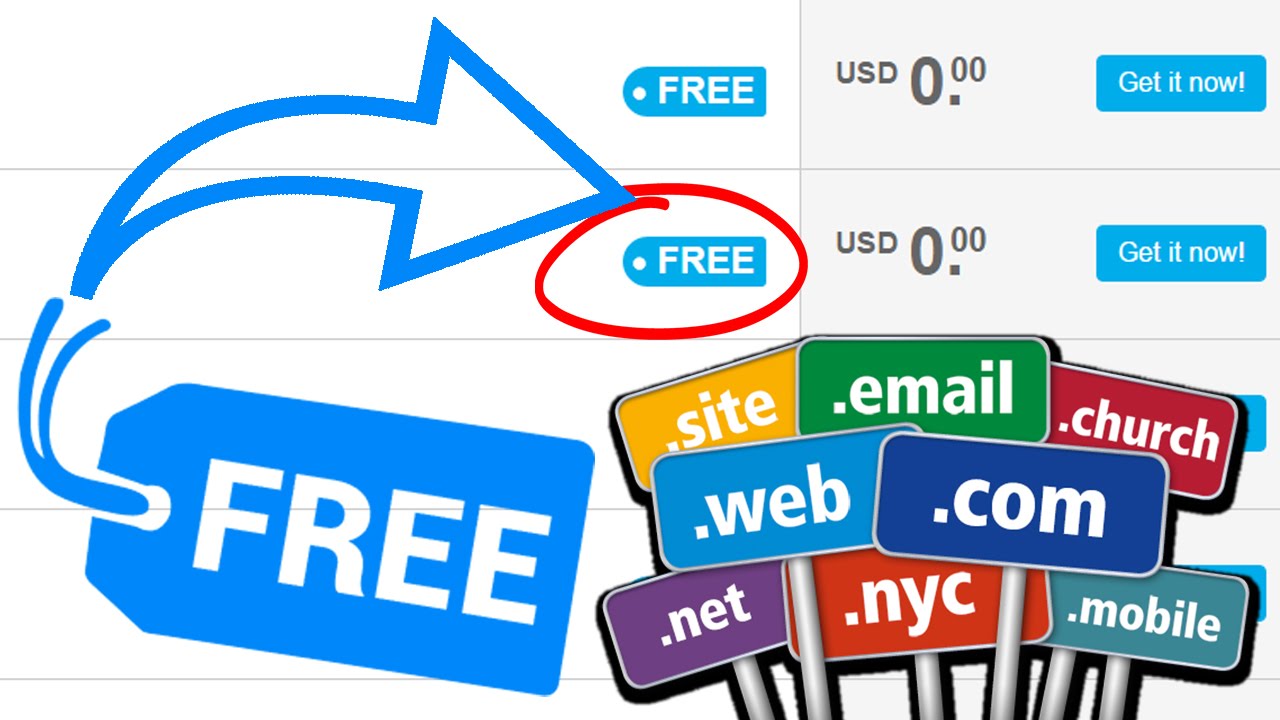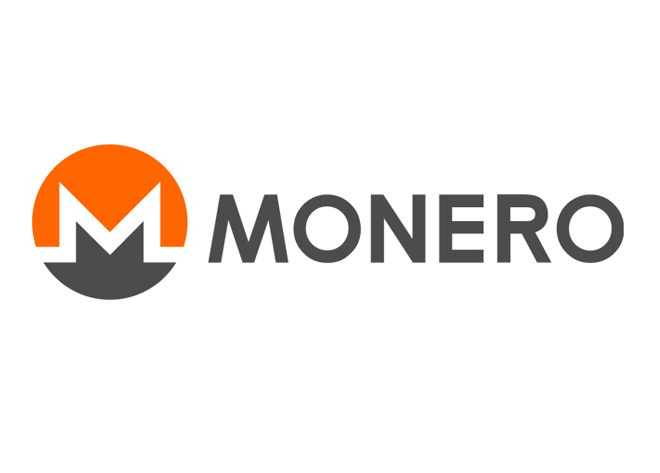What is a domain Name?
A domain name is that part of the Uniform Resource Locater (URL) that is used to identify where a unique website is located, that is, it seeks to identify the location of the Internet Protocol (IP) website address. Individuals such as cyber squatters or companies may create and register a fictitious name, with the intention of profiting from it. These fictional names may be viewed by the creator as having the potential to become very popular in the subculture and so will register this fictional name in the (DNS) to retain any profit that may be gained.
What’s in a name?
Because Domain Name System (DNS) names are case-insensitive the application of intercapping, to emphasize the meaning of a name is of little significance, once the name is registered. As a result, there tends to be some confusion with these names at times. The suggestion is that, to clarify these unusual names and to connote the proper meaning of a unique domain name, creators should use hyphens when creating these names, to eliminate any confusion.
The anatomy of a Domain name
The procedures and rules of the (DNS) are used to formulate unique domain names. Each unique name has several levels; there is the subordinate level or the sub domain name. This is that part of the name that tells the users of the internet the location of the (IP) address. There is also the Top Level Domain (TLD), and included in the Top Level Domain names are the Generic-Top Level Domains (gTLDs) which is the unique name used to identify the type and purpose of an organization, for example.com,.org and.net. There is also the Country Code Top Level Domain (ccTLDs) that identifies the country that the name belongs to. In addition there can also be a third-level domain, fourth and fifth level domains and these can go on and on.
The creation and registration of a unique domain names does not confer any legal ownership of the name, only an exclusive right to use it. A host name is the name given to a domain name that has at least one associated IP address.
The labels to the extreme right of a name are known as the top-level domain name. Falling immediately below the top-level domain is the second-level domain name. This is the unique name that will indicate to users of the internet where the Internet Protocol (IP) is located. There is also the International Domain Name (IDN) which, with the approval of the ICANN allows creators of these unique names to use alphabet or scripts from their own languages.
The use of Domain name in Web site hosting
These names are used as realm identifiers of Session Initiation Protocol (SIP). This signaling protocol is used for controlling multimedia communication sessions, for example voice and video call over Internet Protocol (IP). The (SIP) protocols are also used to create, modify and terminate two-party (Unicast) or multiparty (multicast) sessions consisting of one or several media streams. Changing ports or addresses, adding or deleting media streams and inviting more participants are some of the modification that can take place. Online games, instant messaging, presence information, file transfer and video conferencing, streaming multimedia distribution are some of the applications that are included in the SIP protocol.
Regulatory Body
The regulatory body that manages the top-level development and architecture of the internet domain name space is called the Internet Corporation for Assigned Names and Numbers (ICANN). ICANN also regulates the registrars who registers and assigns the unique names created by individuals and different organizations. To the extent that these unique names are used in commerce, they are also regulated by the Trademark law. By 2010 the number of active domains reached 196 million. It should be noted that (ICANN) is also responsible for overseeing the name and number systems of the Internet.
Registration of a Domain name
With the accreditation of the (ICANN) the registrars are given the power to administer and assign these original names. There are also several administrative organizations that operate registries that maintain the data base of the names within the Top Level Domain (TLD). They also provide technical services to each top-level domain. Using a special service called the Whois protocol these administrators will publish the registration information from each new domain name received from the registrar.
There is usually an annual fee charged for the service of delegating the name to a user and to also provide a default set of name servers. The domain holders or registrants, only obtains an exclusive right to the use of the domain name but there is no legal ownership of the name. The registrar will use information such as administrative contact, technical contact, name servers, and billing contact, in the process of registering a name and maintaining authority over the new name space created.
Income from/ cost of Domain names
In valuing a Domain name such as this there are several factors that are taken into consideration, such as, their use in advertising, their online brand-building potential and search engine optimization among others. If a registrant fails to pay the annual lease then the exclusive right to use the name, becomes available to anyone who wishes to control this exclusive right. According to the Guinness World Records names have been sold for as high as $350million.
The registration of these names may be offered below cost at a low cost or even free of cost. However the provider will seek to recoup this cost by creating a variety of models such as hosting the domains on their website. This will be done within a portal or framework that usually includes advertising geared toward the holder’s content. Any revenue earned from this activity will normally go back to the provider. It should be noted that the domain holder has an infinite number of sub domains at their disposal, which they can either sell or give away.











